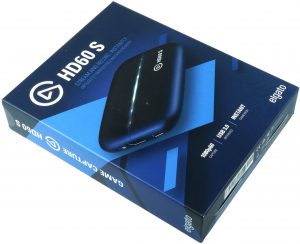 As you know, I went more or less voluntarily to the YouTubers, even though I don't actually stream games, but "only" have to make sure that the HDMI signals of my cameras get to the workstation as latency and loss-free as possible. With up to three cameras, an equipment can become quite expensive quite quickly, which also includes the HDMI grabbers, which ultimately provide the video signal again for video capturing.
As you know, I went more or less voluntarily to the YouTubers, even though I don't actually stream games, but "only" have to make sure that the HDMI signals of my cameras get to the workstation as latency and loss-free as possible. With up to three cameras, an equipment can become quite expensive quite quickly, which also includes the HDMI grabbers, which ultimately provide the video signal again for video capturing.
The Elgato HD60 S tested today (now Elgato belongs to Corsair) is virtually the new edition of the Elgato 60, but does not have an H.264 encoder, but is supposed to work almost latency-free. How well this works, I can check later with parallel recorded audio signals, which are recorded once via HDMI and are also analogous for control. With a street price from approx. 160 Euro upwards, the Elgato HD60 S is not a really cheap solution, so I also looked around at Amazon. But there's more to it.
However, what the homepage and description unfortunately conceal: when connecting to a PS4, the microphone signal of the streamer is missing, because this is not output on the HDMI. What can still be adjusted on Windows if necessary (playing recording device with), unfortunately does not work on the PS4. If you play on the PS4 with a USB headset, you definitely don't have a chance. But the analog microphone connection is also tricky.

The Elgato HD60 S has an analog input where you can connect the microphone with the 3.5mm jack plug, which is the good news. The bad: around e.g. all lip-synchronous, you need a slight delay. This can be used with standard software such as Setting OBS very easily, but you at least need to know. The included software from Elgato is also usable and also has a few more gimmicks like Stream Command (layout, overlays) and Flashback Recording (time-shifted stream), but I would prefer OBS in any case. Just because of the better mixer and audio settings, the Stream Command already uses quite a bit of a joke.
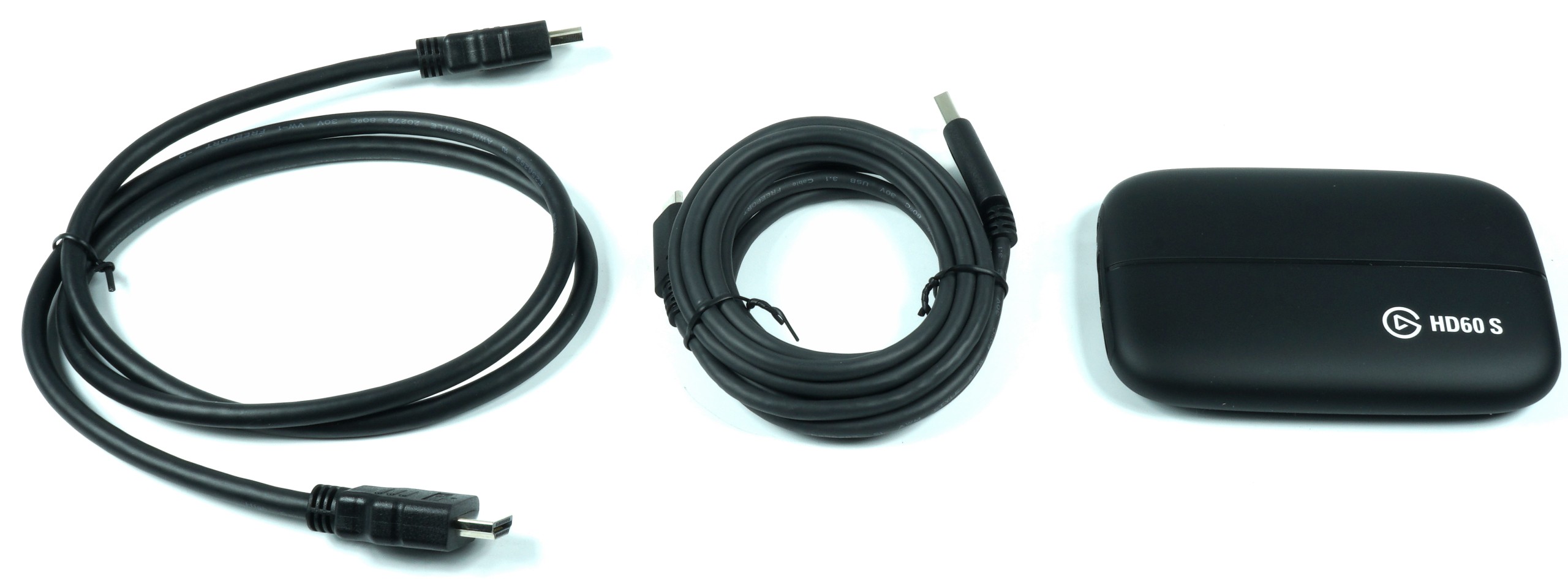
The HD60 S comes with the most basics: a USB-C cable, a very short HDMI cable and the box. The rest must be directed by the homepage. The box weighs more than 100 grams (without cable) and charges the USB 3.0 port with approx. 260 mA. This puts the property at approx. 1.3 watts still quite good in the race. The bandwidth is specified at a maximum of 40 Mbps, but rarely reached in practice.
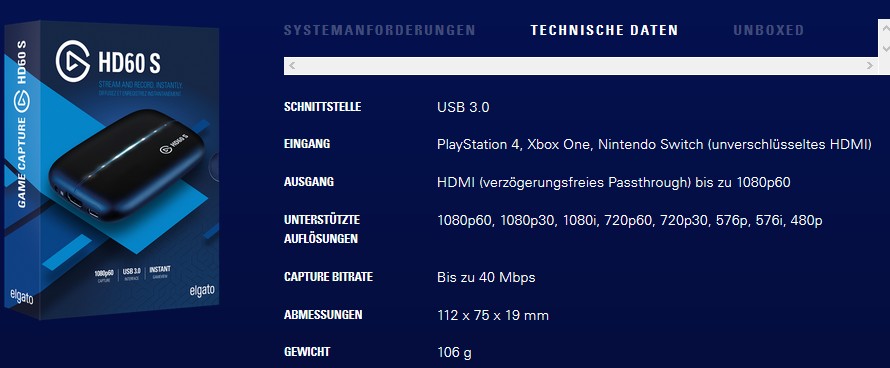
Cheap alternative? Grabber from the Amazon-Grabbeltisch
The noname offers are between 50 and 100 euros and I found a working device at the second attempt, which also costs only half at just under 80 euros. The actual manufacturer is hardly to be found out, but in the end it doesn't really matter, because Elgato only lets produce. USB 3.0 is also the standard here and 1080p and 60 frames per second are promised. Pass-through offers both, but the Amazon bargain lacks the analog input. As a PS4 user, you would then have to connect the headset to the streaming PC.
The Amazon offer comes to the customer with a detailed manual, but not in German. And there is also a Type-C adapter to use the cable on both sides of the type C – smart. There is no software for this, but the link to OBS. This, in turn, is not even the worst choice, because OBS is clearly superior to the Elgato software.
The audio settings alone are much simpler and more convincingly solved – up to defining the individual delay for each audio channel. Otherwise, both subjects do the service quite well – until even a few nuances, which will have it in themselves in the end. And that's exactly what I'm going to do in the test on the next page.
Elgato Game Capture HD 60 S (1GC109901004)














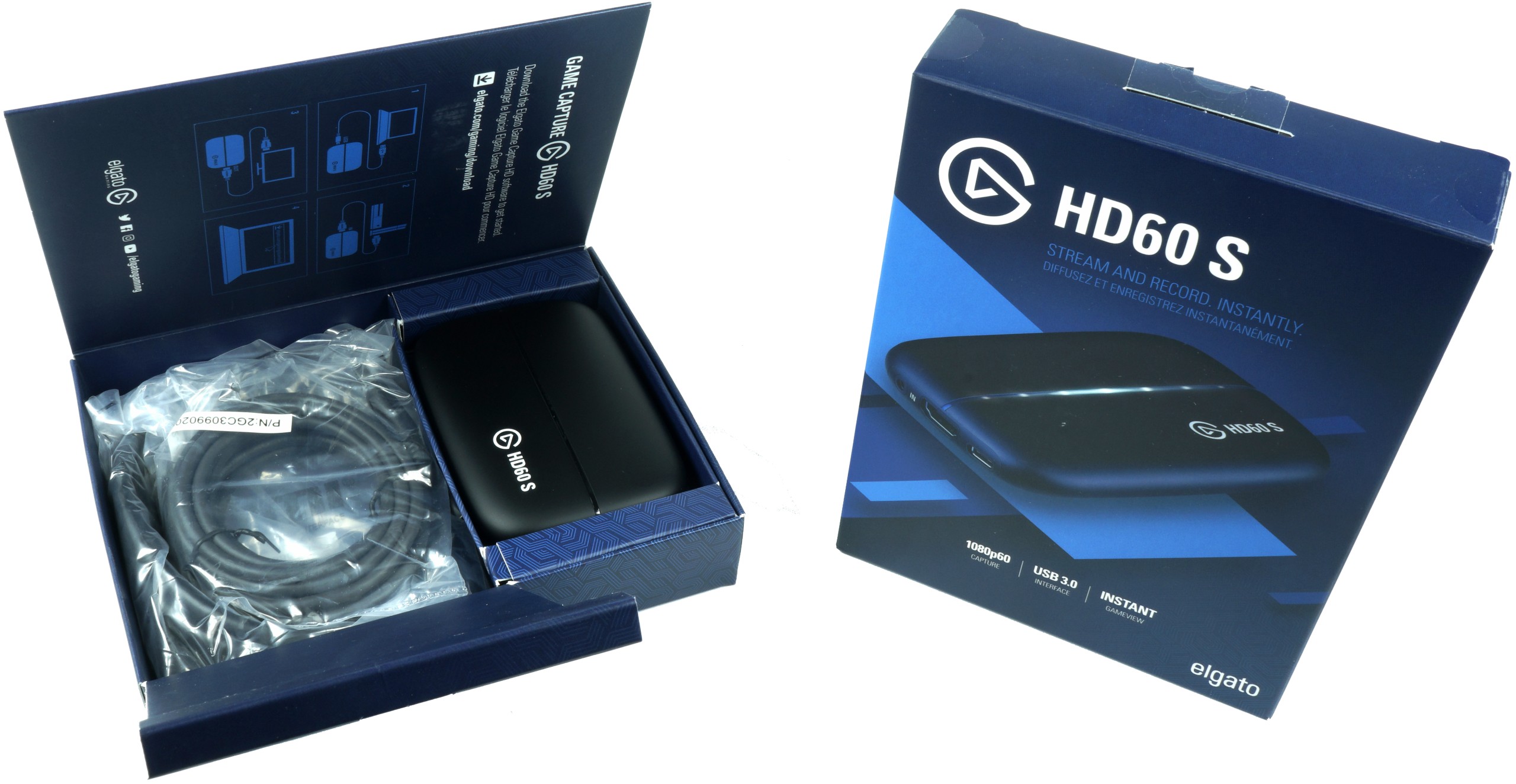
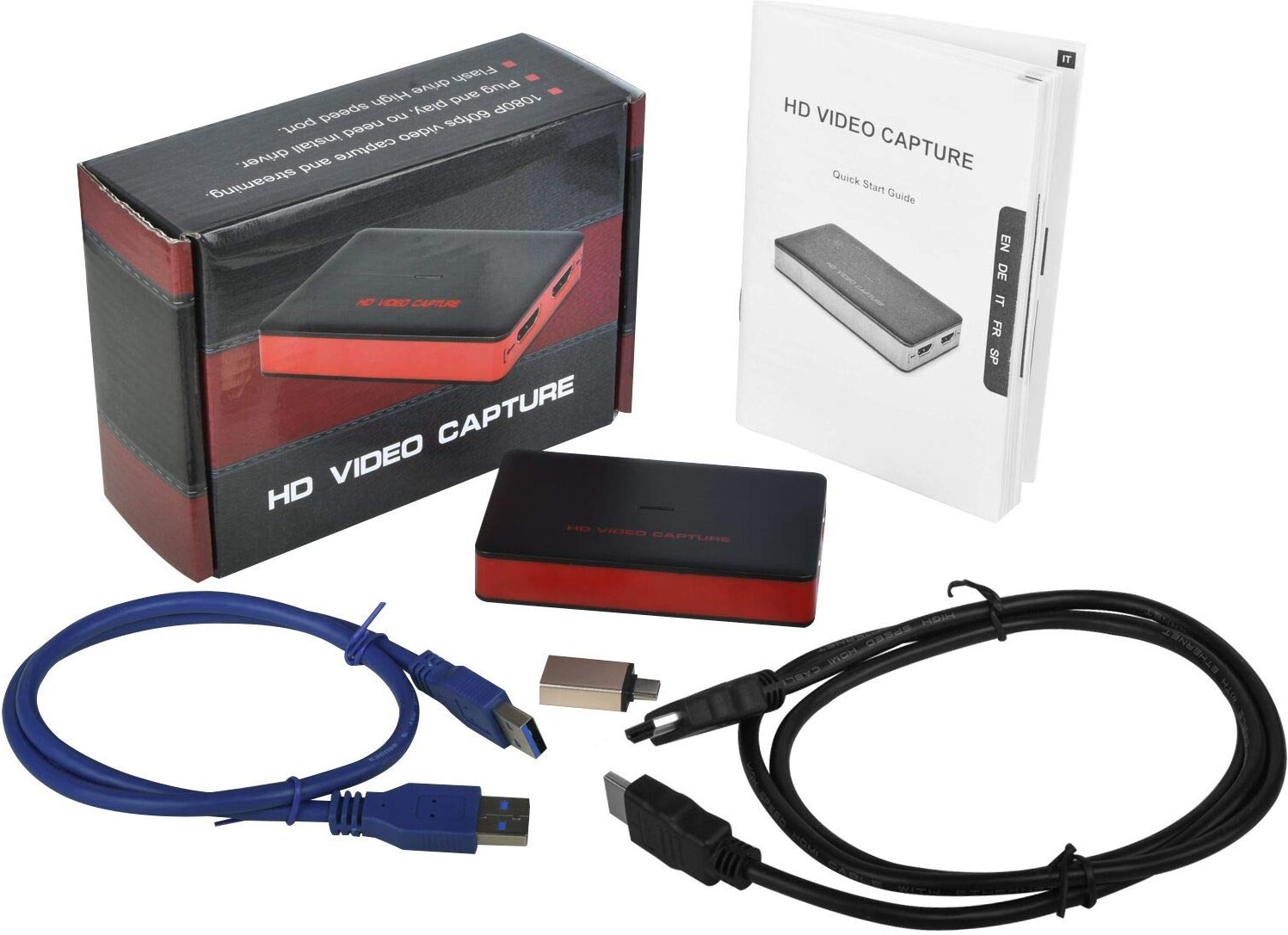


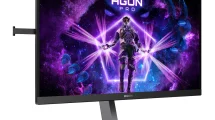














Kommentieren